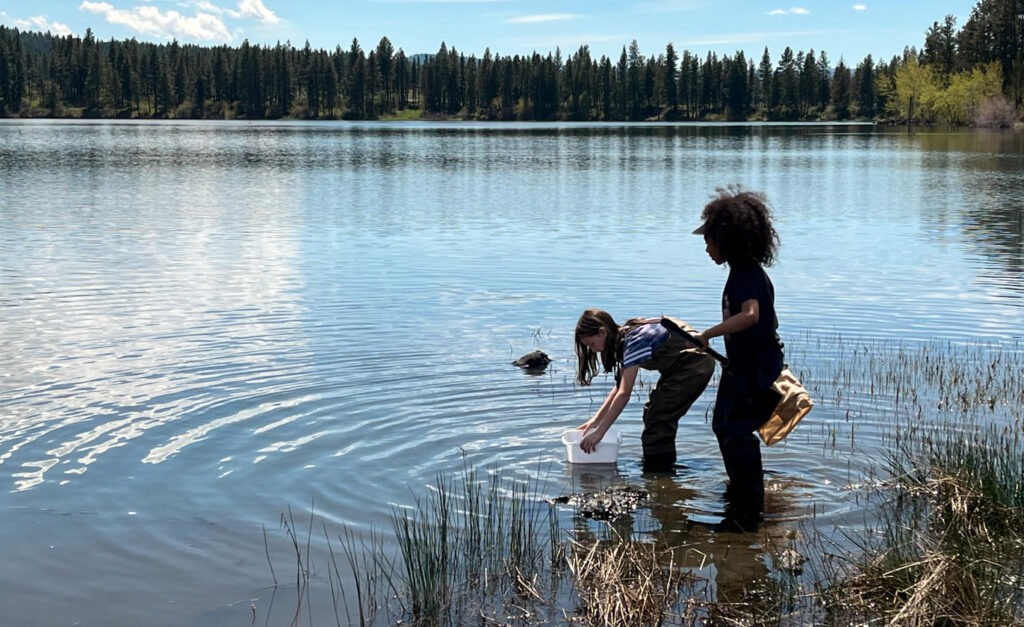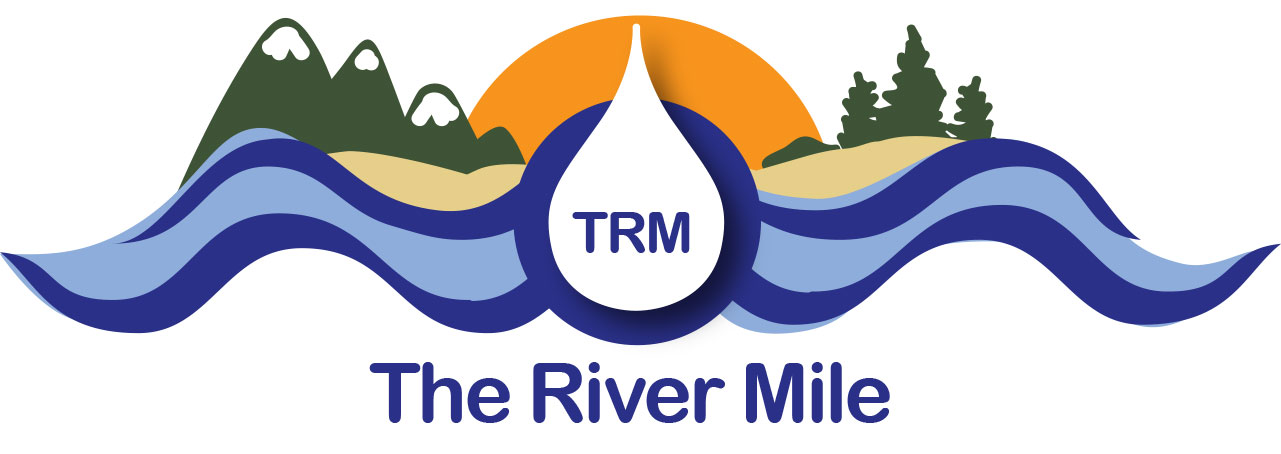Introduction

The River Mile is a network of educators, students, resource managers and scientists in the Columbia River Watershed exploring the essential question: “How do relationships among components of an ecosystem affect watershed health?” TRM is a participant driven approach to learning about, researching and exploring the watershed health of the Columbia River. Participants share best practices, lessons learned, examples, links to resources and real world scientific data. Students and teachers engage in science education outdoors and explore scientific practices through real-world resource projects.
Kindergarten through 12th-grade students are engaged in real-world STEM through scientific research and data collection and analysis throughout the Columbia River Watershed. Schools adopt a section of the Columbia River or tributary and utilize it as their real-world laboratory where they work with resource specialists, researchers, and scientists to collect, analyze, interpret and share watershed health data and information. Students and teachers are engaged in the scientific practices of scientists and resource managers as they become intimately familiar with their area of the watershed, by spending time in the field exploring their site and, in collaboration, monitor, analyze, investigate, and research site discoveries. In schools where more than one grade participates, students build on previous knowledge and continue to grow in their understanding of the watershed over multiple grades.
A major feature of The River Mile is teacher training providing professional development for educators bringing environment, agriculture and natural resources into science education. Training integrates Next Generation Science Standards (NGSS) with Common Core English Language Arts and Math, and encouraging groups to use a local area as the focus for learning.
Participation in networking is one of the key components of The River Mile. Networking tools include: website, electronic newsletters, webinars, training, and virtual community gatherings. Data collection and sharing through ArcGIS Online provide opportunities to collaborate and make a difference.

